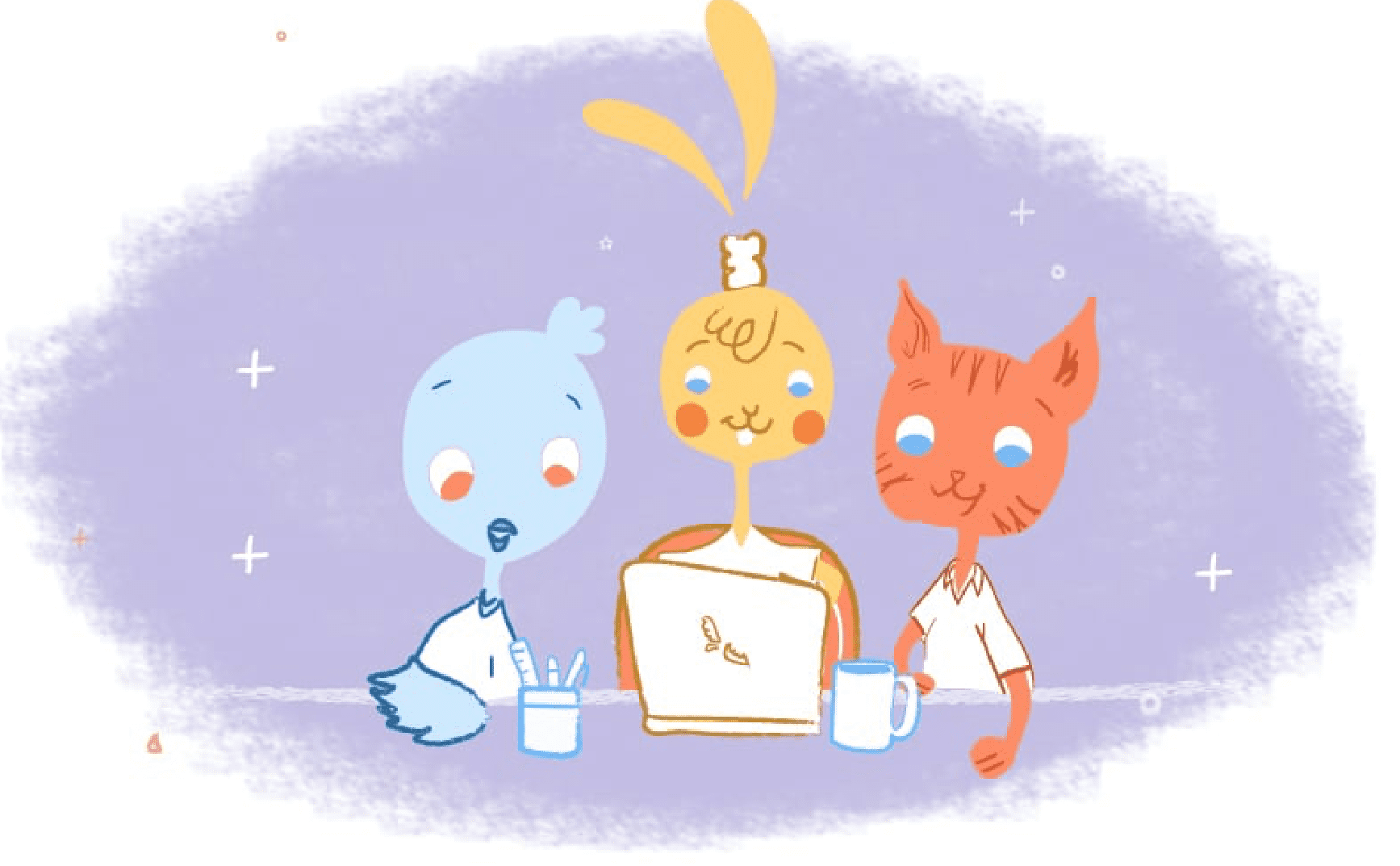

In a perfect world, your workplace and business operations wouldn’t just be effective. They would also run smoothly and drama free. Unfortunately, in the real world, this doesn’t happen. There are always hurdles to overcome, such as unavoidable conflicts.
To be fair, conflict isn’t always the worst thing that could happen at work. For example, having different opinions on where your business should pivot could spark innovation and inspire change. However, these disagreements often don’t boil over into heated conflicts since they can be resolved. But, what about those lingering and unresolved issues?
When ignored, workplace conflicts can be disastrous. For starters, they can decrease productivity and morale. In turn, this creates a toxic environment full of stressed, unhappy, and disengaged employees. Eventually, they may have no choice but to leave your company.
As if that weren’t enough, there could be physical confrontations. And, while not as severe, these squabbles can also pull you away from your priorities. In fact, it’s been found that the typical manager spends around 25-40 percent of their time addressing workplace conflicts.
If you don’t want workplace conflicts to interfere with your business operations, then you first need to know what the most common clashes are. From there, you can handle them before they do any serious harm.
Toxic leadership.
As a leader, everything starts and ends with you. That means if you possess toxic leadership traits, you and your team will butt-heads. Now, this doesn’t mean having a different leadership style that doesn’t always gel with your team. For example, if you’re more laid back, and an employee is someone who needs more structure, then this could be a little problematic.
While you should work on improving these differences, that’s minor compared to the following traits:
- Micromanagement
- Absenteeism
- Inflexibility
- Rivalry
- Perfectionism
- Self-interest
- Working 24/7
These need to be avoided at all costs in order to cultivate a positive and productive work environment. You may not realize that you possess these traits. If that’s the case, then solicit feedback from your partners or employees so that you can improve these unhealthy characteristics.
Interdependency.
Rarely do we work 100% alone. Even if you are an independent freelancer you still have to wait for your clients to give you information like the scope of the job, deadlines, and expectations. In most companies, we have to cooperate with others to complete our own work. For example, let’s say that you want to start a company blog. You can’t publish content until your in-house developer or designer has the site up and running.
Of course, when that individual is procrastinating it’s easy to get frustrated with them. Sometimes that’s not completely their fault — maybe they had to deal with another emergency. But, if they have a reputation for holding other people up, then that can blow up into a full-fledged battle. Everyone should have deadlines and meet them so that they’re not holding anyone back. You may want to use project management software and real-time collaboration tools like Dropbox and Slack so that everyone can track each other’s progress.
Disregard for company policies and procedures.
No matter how talented someone is, there are not above the company policies and procedures. Examples include dress codes, attendance, and behaviors like bullying or harassment. Just imagine if an employee doesn’t adhere to these. That’s definitely going to ruffle some feathers among the rest of the team.
Everyone must place the same rules. No expectations. It’s the easiest way to squash this conflict.
Personality clashes.
This could be the most common type of workplace conflict. After all, each organization contains a diverse and unique set of individuals who have various personalities. Often times, this isn’t too concerning. But, there are situations when this could lead to misunderstandings and bickering.
For example, if an employee is an introvert, they may come across cold, impolite, or high and mighty. Even if they have no problems with the rest of the team, this person prefers to work alone. However, the rest of the team may have a problem with this — which could hinder collaboration and teamwork.
If colleagues don’t get along personally, then don’t force them to work together. They may even have to work different schedules or locations to avoid any disagreements.
Poor communication.
Communication skills are a must-have for everyone within the workplace from the top down. It’s the only way to prevent misunderstandings and potential conflicts. Just think how ticked off you would be if arrived at work and your boss told you that you have to redo your work because it didn’t meet their expectations. If they were clear from the get-go, then this wouldn’t be anything major.
Everyone should be encouraged to improve their communication skills. And, here are a couple of places to start:
- Practicing active listening.
- Truly understanding your audience.
- Learning more about nonverbal cues like body language.
- Not relying too heavily on visual aids.
- Asking for feedback.
- Recording and listening to how you speak and present.
- Try team-building activities.
Availability of resources.
Let’s say that you have a small business. Because of its size, you probably only have one printer and copy machine. Normally, this wouldn’t be a problem. But, you and your team are wrapping up a project and everyone needs to print their reports.
Obviously, there’s a logjam at the printer and copier because of this. And, guess what? Jim is printing something else that has nothing to do with the report. You can bet there’s going to be some friction over this.
While you can’t anticipate each and every problem, you need to do your best to make sure that the available resources are there when needed. In this case, you may want to have a sign-in sheet and limit the amount of printing for each employee so that there aren’t any fisticuffs.
Diversity.
Diversity in the workplace is highly recommended. It’s a great way to inject fresh ideas and perspectives into the business. But, sometimes, when there is a group made-up of various ages, backgrounds, ethnicities, and experiences it’s natural for disagreements to arise.
It wouldn’t be a bad idea to install team building activities and let everyone be transparent about their differences. Also, make sure that you nip any insensitive comments in the bud immediately. And, most importantly, set the right example by treating everyone the same.
Blame shifting.
Everyone within a business needs to be held accountable for their actions. But, there’s always that one person who never owns up to their mistakes. Instead, they point fingers at everyone else.
Clearly, this is easy to understand why this could result in larger problems. No one wants to be blamed for the shortcomings of others.
Work styles.
Everyone has their own way of working. The problem is that when collaborating, these different work styles may not fight well together. As a consequence, there will be some bad blood among your team — especially when some people are more competitive or seen as lazy.
Kathi Elster, an executive coach and the co-author of Mean Girls at Work, Working with You Is Killing Me, and Working for You Isn’t Working for Me, tells Monster.com that it’s normal to have competition at work. In fact, it’s actually an opportunity to learn others.
On the other hand, working with a lazy coworker isn’t as beneficial. “The graceful way of dealing with this is to not overcompensate for the lazy co-worker,” Elster says. “In other words do not do their job or let it be seen that he/she did not do their work,” she says. “If you do choose to do the other person’s work, no one else will know, and you will grow resentful.”
What’s more, get to know your team so that you can pair people up based on their personality and work styles.
Perceptions.
It’s also normal for people to feel as if they are being treated unfairly. For instance, they may believe that a colleague receives too much recognition or unearned promotions. Sometimes this isn’t 100% in your hands. But, you can reduce these feelings by treating each and every team member exactly the same.
Mistrust.
Regardless of the differences between people, if everyone respects and trusts each other, it can help lessen possible common workplace conflicts. For example, when working together on a project, you and your partner may have completely different work styles. You may even work faster than they do. But, you trust them enough to know that they will deliver quality work before the deadline.
Conflicting goals and deadlines.
It’s not unusual for individual and department goals and deadlines to clash with each other. However, you don’t want that to spoil over into something much bigger. The easiest solution is to align everyone’s goals towards the big picture — also make sure that they are achievable and SMART. And, if possible, set realistic deadlines. It may take some work up front on your end, but it will keep the rest of the team on the same page.
Being disrespectful of others time.
One final common workplace conflict is when people aren’t respectful of each other’s time. Examples include:
- Chatty coworkers when you’re trying to work.
- Arriving late to work or a meeting.
- Scheduling unnecessary meetings for the entire.
Possible solutions could be:
- Closing your office door or politely asking the talkative person to come back during your break.
- Always making sure that you arrive early to meetings so that your team will your example.
- Only scheduling productive meetings where only key stakeholders are invited.
Handling Workplace Conflicts
If you’re still concerned about possible workplace conflicts, then are some preventive measures that you should take:
- Create clearly defined job descriptions so that potential employees are aware of their responsibilities. When they’re a part of your company, this will also let them know what’s expected of them.
- Have guidelines on what is and isn’t acceptable behavior. Make sure that you’re consistent and that you never tolerate unacceptable behavior. Employees should also know the consequences of their actions.
- Treat everyone fairly and do not play favorites.
- Before making a final decision, always listen to both sides of the story to get to the root of the problem.
- Create and maintain a healthy and positive work environment where everyone feels safe.
- Know which battles are worth fighting for and when it’s time to move on. For instance, you may have to let a talented employee go because they continue to bully their colleagues.
The final piece of advice would be to take a conflict management class or work with a mentor who has past experience in this area. It may take time out of your schedule. But, it will be time well spent.
[Related: April is Workplace Conflict Awareness Month]











Max Palmer
I'm Max, and I love helping businesses we work with expand their businesses online. Growth potential is what we strive for! I help with press, productivity and overall business needs for business owners.